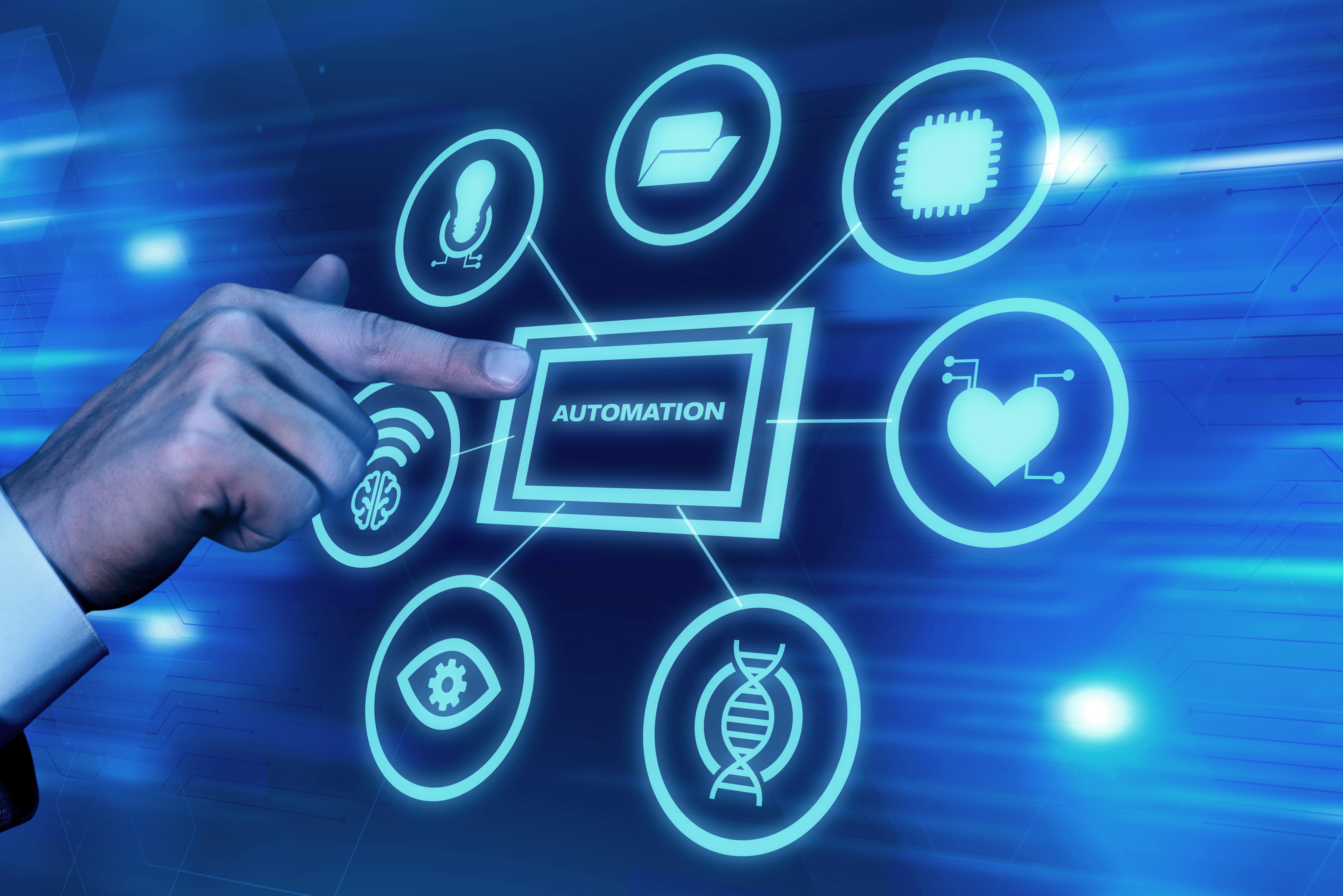looks like in Shared Services.
The Evolution from Automation to Intelligence
Historically, Shared Services relied on standardization and basic automation to streamline operations and reduce costs. RPA helped take this a step further by mimicking repetitive, rules-based tasks. However, RPA alone has its limits—it can only operate within the parameters it’s programmed for.
The integration of AI enables SSCs to move from simple automation to intelligent automation. AI systems can learn from data, make contextual decisions, understand natural language, and continuously improve performance. This opens up possibilities for automating complex, judgment-based tasks that were previously beyond the reach of RPA.
Smart Workflows: Orchestrating Efficiency Across Functions
Smart Workflows are the connective tissue that binds AI and RPA technologies with business processes. They provide end-to-end visibility, contextual decision-making, and real-time collaboration across departments and geographies. Whether it's invoice processing, employee onboarding, or financial reporting, smart workflows ensure that the right tasks are executed at the right time, by the right system or person.
The result? Faster turnaround times, reduced errors, and improved service levels.
Key Benefits for Shared Services Leaders
- Enhanced Productivity: Automating high-volume tasks frees up human talent for higher-value work, such as data analysis and innovation.
- Scalability and Agility: Intelligent automation allows services to scale quickly without a linear increase in headcount or cost.
- Improved Compliance: Audit trails, real-time tracking, and AI-driven anomaly detection help strengthen risk management and regulatory compliance.
- Superior Stakeholder Experience: Smart workflows improve service quality and responsiveness, enhancing the experience of internal customers.
Leading organizations are already realizing tangible benefits. For instance, global financial service firms have cut processing times by over 70% using AI-enabled bots, while healthcare SSCs are using AI to streamline claims adjudication and patient onboarding. These successes are not isolated; they are part of a larger trend pointing toward data-driven, intelligent shared services models.
What’s Next: A Proactive, Predictive SSC Model
The future lies in shared services that are not just efficient but also predictive and proactive. Imagine a system that flags compliance risks before they occur, suggests resource reallocations during peak workloads, or even anticipates employee attrition using AI.
To reach this level of maturity, SSCs must invest in digital infrastructure, cross-functional skill development, and change management. More importantly, leadership must foster a culture that embraces continuous transformation.
Conclusion
AI, RPA, and Smart Workflows are not just tools; they are strategic enablers for the Shared Services of tomorrow. By adopting these technologies thoughtfully, organizations can achieve unprecedented levels of operational excellence, agility, and value creation.
The question is no longer if Shared Services should adopt intelligent automation, but how quickly a shared services centre can evolve to lead with it.


.jpg)





